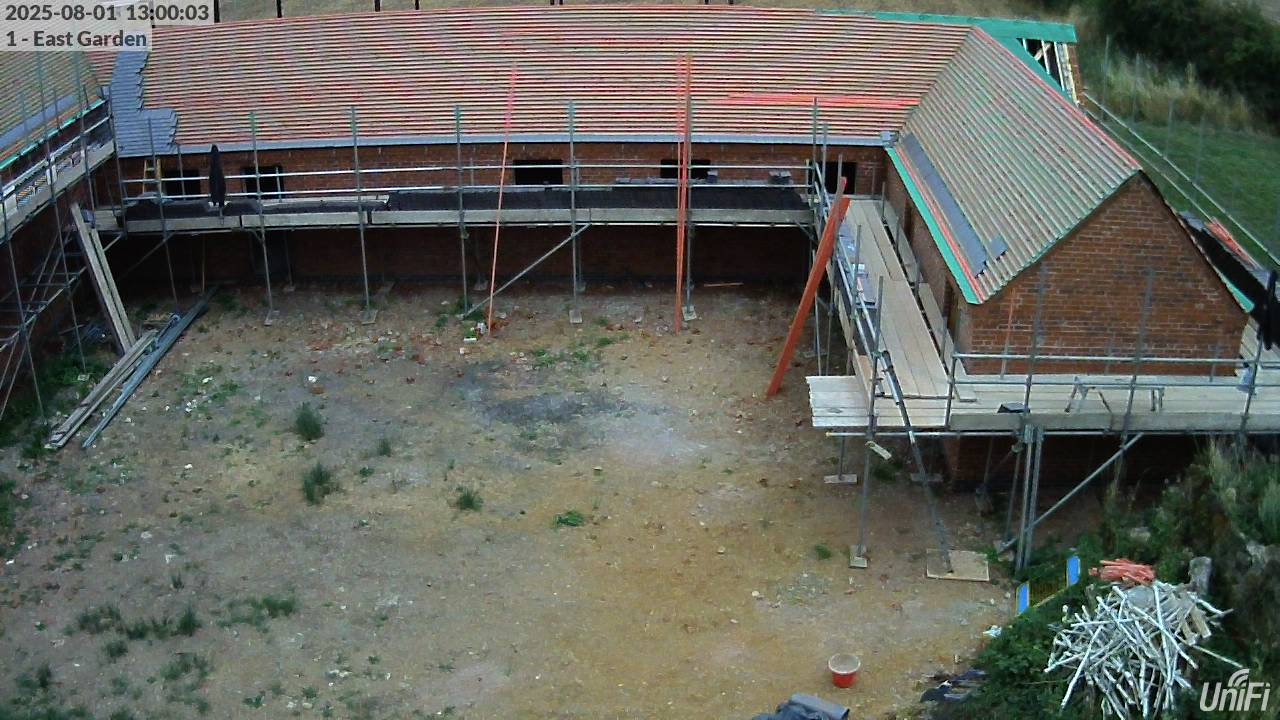I’ve been finding the electricity sub-meters in the House very useful, showing the electrical consumption of the ‘significant’ electrical loads as a proportion of the total recorded by the main electricity meter, so I’ll be adding some in the Outbuildings too.
For the House, I initially used cheap meters with only an S0 ‘pulse’ output and recorded the readings manually every month. Later, I found some affordable (second-hand) M-Bus adaptors for the ‘pulse’ meters (various models from the Relay Padpuls range) and added those, enabling the meters to be included in the once-per-minute reading cycle for the Water meters and the Heat meters.
The ‘significant’ loads that in my view warrant a dedicated sub-meter are:
- Heat Pumps
- In conjunction with a Heat Meter for heat pumps with a Water output, enabling the real-world efficiency to be calculated
- With an Air-to-Air heat pump, as will be installed in the Outbuildings, it’s not practical to measure the heat output – but it’s still worth recording the electricity input
- If there are secondary circulation pumps or control units which have a separate electrical supply from the main Heat Pump unit, these should ideally have their own sub-meter
- Mechanical Ventilation (with or without Heat Recovery) Systems
- While their consumption is not especially high, the fact that these typically run 24×7 means their total usage can add up – and since they’re still quite unusual in UK homes it’s good to track their actual energy consumption
- Some MVHR units vary their fan power to provide a consistent airflow, in which case a gradual increase in energy consumption can be an indication that the filters need replacing – although normally the filters should be replaced before this increase becomes noticeable
- Electric Vehicle Charge Points
- Sometimes these incorporate their own electricity metering, which can be accessed via a Smartphone App or other interface, but it’s convenient to have them metered in the same way as the other electrical loads
- Each charge point should have its own meter, should there be more than one
- Other ‘large’ or ‘interesting’ loads
- Immersion heaters
- Rainwater harvesting pumps
There’s a wide choice of electricity meters with an S0 ‘pulse’ output (EN 62053-31) and a rather smaller choice of meters with a Modbus output. For meters with a native M-Bus (Meter-Bus) output the choice is smaller still – but for a building that needs to have some M-Bus metering anyway it’s much more straightforward to add further M-Bus meters than to cater for alternative metering protocols as well.
I’ve settled on using MID-certified M-Bus meters from UK company Rayleigh Instruments, having added one of their meters to the House a few months ago and after receiving positive feedback from another self-builder who uses one for their air-to-water Heat Pump:
- The 2-module-wide RI-D35-100-MB which is a directly-connected meter for loads up to 100A
- This reports Manufacturer = “RAY” which is one of two manufacturer codes allocated to “Rayleigh Instruments, United Kingdom”
- This returns a lot of data via M-Bus which spills over into a second M-Bus telegram, requiring the M-Bus software to be able to handle a multi-telegram response
- The 1-module-wide RI-D175-MB which is a directly-connected meter for loads up to 45A
- Despite being branded as a Rayleigh Instruments unit, this reports Manufacturer = “PAD” which is a manufacturer code allocated “PadMess, Germany”
- Note that this meter appears not to respond to a Secondary M-Bus address, so Primary addressing must be used
- There’s a variant of this available with a Current Transformer (CT) input instead of being directly-connected, which caters for currents up to 100A
- There’s more information about this specific meter in a Technical Article page here.
These are available for about £25 each; surprisingly the larger meter is less than 10% more expensive than the smaller one, so actually I only use the smaller one for loads up to about 16A (where the smaller terminals are helpful for connecting smaller-section cables) and use the larger one for loads like the EV charge points, where the load won’t even exceed 32A.
The Rayleigh meters are shipped with their Primary M-Bus address set to ‘0’ (RI-D35-100-MB) or ‘1’ (RI-D175-MB) so if the intention is to extract readings using the Primary rather than the Secondary M-Bus addresses, these need to be changed from the default. This can be accomplished using one of the utilities shipped as part of the libmbus codebase:
$ mbus-serial-set-address -b 2400 /dev/ttyUSB0 old_primary_address new_primary_address
